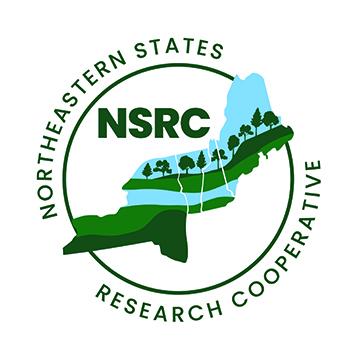Investigating the Role of Mycorrhizal Fungi in New England Forest Management

Mycorrhizae—fungi that live on plant roots—are essential to tree growth and provide nutrients and water in exchange for sugars. Mycorrhizal fungi enhance soil carbon storage and tree pathogen resistance. New England forests are dominated by arbuscular mycorrhizae (AM) and ectomycorrhizae (EcM), depending on tree species present. Forests dominated by EcM or AM differ in seedling survival, nutrient availability, and how soil stores carbon. As climate change and invasive pests shift tree species in New England forests, mycorrhizae will also change. With loss of ash trees from emerald ash borer and decline of sugar maple, the Northern Forest will lose two AM-associated trees, and the Northern Forest may become more dominated by EcM, with cascading effects on the ecosystem services New England forests provide.
NSRC researchers will examine how the legacy of dominant mycorrhizal associations affects how forests regenerate, cycle nutrients, and sequester carbon following timber harvesting. In this field experiment, researchers will investigate how changes in soil fungal communities and nutrient availability affect planted and naturally-regenerated seedling survival and growth in AM- and EcM-dominated forest stands after logging. They will investigate how timber harvesting differently affects long-term soil carbon storage in EcM- vs AM-dominated forest stands.
This project will establish a site for long-term monitoring of forest regeneration and carbon storage and data will be publicly available through the Northeastern Forest Regeneration Network. Outcomes will help guide foresters and land managers as they consider how tree mycorrhizal associations could impact forest regeneration, nutrient retention, and long-term carbon storage in their management planning.
